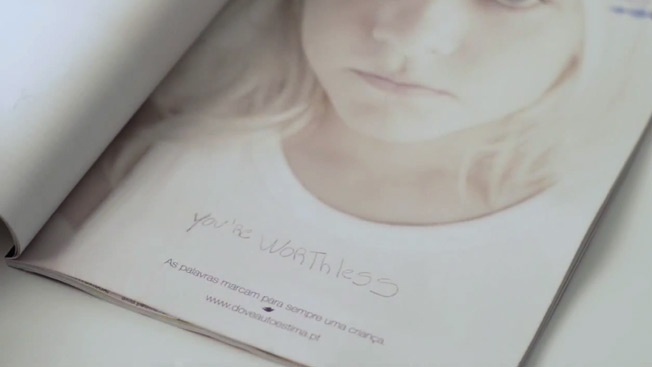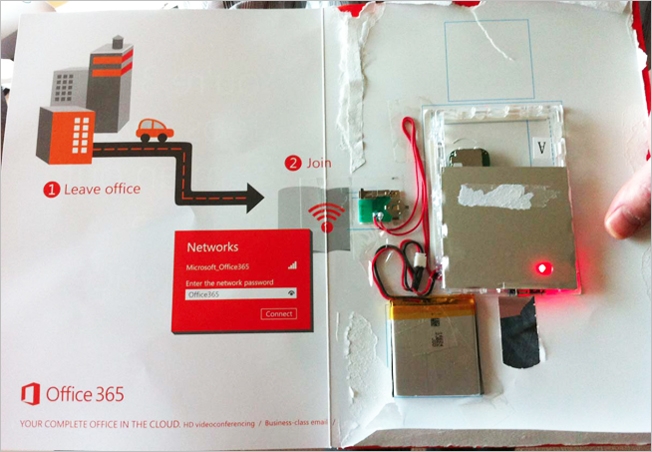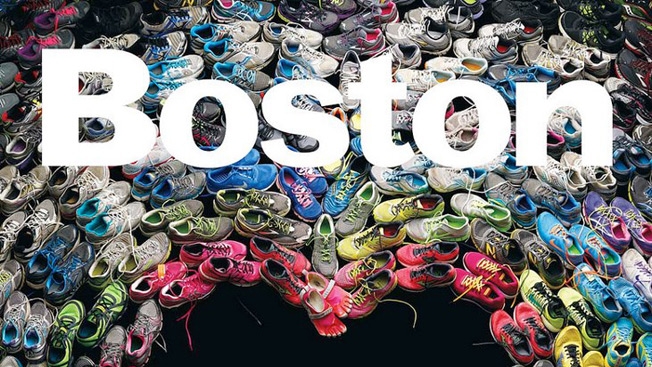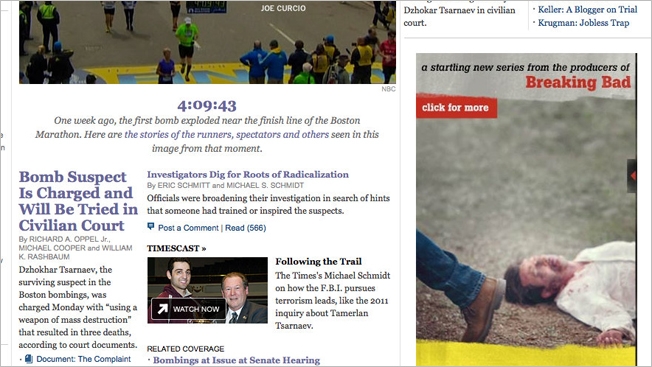Dove Magazine Ad Uses Carbon Paper to Show How Abusive Words Don’t Fade
Posted in: Uncategorized
The Dove Self Esteem Project and agency Torke+CC in Lisbon, Portugal, placed an ad (and a pen) in a parenting magazine and asked adults to write down the worst thing they remembered being called as a child. When they turned the page, the disparaging remark was printed (thanks to a hidden layer of carbon paper) across the shirt of a child—to illustrate that "Words mark children forever." The initiative increased the project's local Web traffic 20 percent and helped get schools involved in the program. That's all to the good, but I can't help feeling that the campaign's central metaphor is lacking and dilutes the overall message. A shirt is easily removed and discarded. It's highly impermanent. The pain of verbal abuse is more like a tattoo or a wound, something carved or seared into flesh that leaves its victims more permanently disfigured. Of course, attempting such visceral imagery, especially when kids are involved, might have provoked an outcry against the campaign itself. As it is, the work is well-intentioned and makes its point, but doesn't truly capture the lasting horror of abuse that can indeed scar or brand children for life.
![]()












